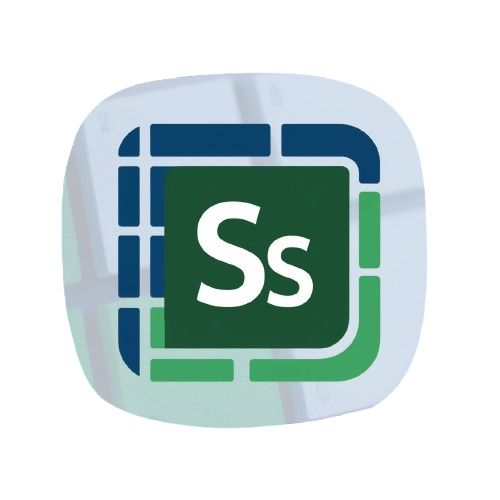Messy spreadsheets can turn even the most motivated person into a frustrated copy-paster. Names that need splitting, phone numbers in the wrong format, emails all jumbled together, it happens all the time. That is where Excel Flash Fill comes in. With just a couple of examples, Excel learns the pattern you want and automatically fills in the rest. It feels like magic, but it is really one of Excel’s smartest built-in tools.
In this article, we will cover what Flash Fill is, how to use it step by step, and practical examples where it can save you hours of work.
What is Excel Flash Fill?
Excel Flash Fill is a feature that automatically fills in values based on patterns it detects from your input. Instead of writing a formula, you simply type the desired result in the first cell, and Excel predicts what you want for the rest of the column.
It works especially well for cleaning and transforming text data. You can:
- Split first names and last names into separate columns.
- Combine multiple columns into one, like first name + last name = full name.
- Reformat phone numbers or dates.
- Extract certain parts of data, like the domain from an email address.
Think of Flash Fill as Excel’s built-in data magician for quick cleanups.
How to Use Flash Fill in Excel
Using Excel Flash Fill is straightforward:
- Start with a column of messy or unformatted data.
- In the column next to it, type the corrected or desired version in the first cell.
- Press Enter.
- Begin typing the pattern in the next cell. Excel will show a preview of what it thinks you want.
- If the preview looks correct, press Ctrl + E or click Data > Flash Fill in the ribbon.
Excel will instantly fill in the rest of the column based on your example.
You can also trigger Flash Fill with Ctrl + E, which is one of the most useful Ctrl shortcuts in Excel. If you want to discover more, check out our must-know Excel keyboard shortcuts using the Ctrl key.
Practical Examples of Flash Fill
Here are a few everyday scenarios where Excel Flash Fill can transform your workflow.
Split Names
Suppose you have a column with “John Smith” and you want first names in one column and last names in another.
- Type “John” in the cell next to “John Smith”.
- Press Ctrl + E and Excel fills in all the first names.
- Repeat the same process in a separate column for last names.
No formulas needed, just pattern recognition.
Combine Columns
If you want a full name column from separate first and last names:
- Type “John Smith” next to the row with “John” and “Smith”.
- Run Flash Fill, and Excel will generate full names for all rows.
This is faster than writing =A2 & " " & B2.
Extract Email Domains
Have a list of emails and only need the domain, for example @gmail.com?
- Next to “[email protected]”, type “gmail.com”.
- Flash Fill will instantly extract the domain from every email address.
Reformat Phone Numbers
Let’s say your phone numbers look like 1234567890 but you want them as (123) 456-7890.
- Type the desired format in the first cell.
- Excel Flash Fill will apply the format to the entire list.
Why Use Flash Fill Instead of Formulas?
Formulas are powerful, but they take time to learn and maintain. If you only need a quick one-off cleanup, Excel Flash Fill is faster and easier. It is perfect for quick fixes where you do not need a dynamic formula updating in real time.
However, Flash Fill is not dynamic. If your source data changes, the Flash Fill results will not automatically update. For recurring tasks, formulas or Power Query are better. For ad-hoc data cleanup, Flash Fill is unbeatable.
Tips for Getting the Best Out of Flash Fill
- Be clear with your pattern. Flash Fill works by recognizing examples, so if your examples are inconsistent the results may be wrong.
- Use Ctrl + E whenever Excel does not automatically detect your pattern.
- Double-check the results, especially with complex data. Excel Flash Fill is smart, but not perfect.
You can activate Flash Fill by pressing Ctrl + E or by selecting Data > Flash Fill in the ribbon.
No. Flash Fill results are static. If your source data changes, you need to run Flash Fill again.
Google Sheets does not have Flash Fill, but it has a similar feature called Smart Fill, which works in a comparable way.


